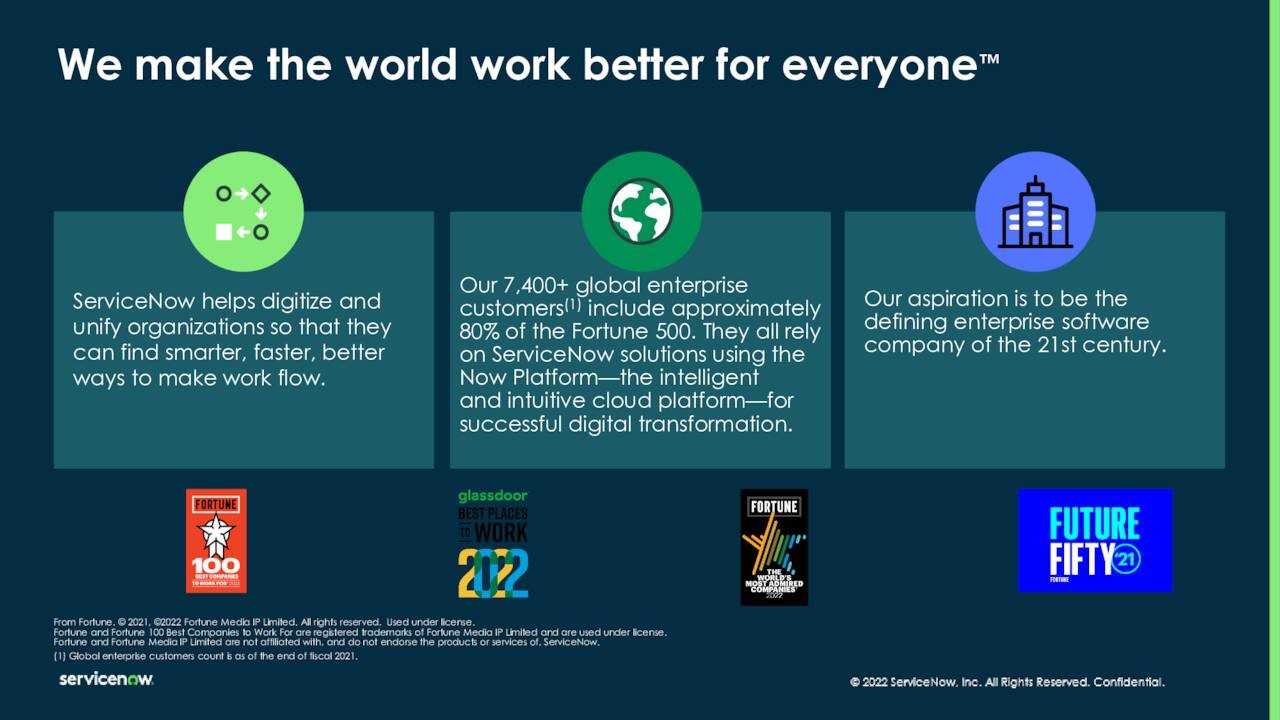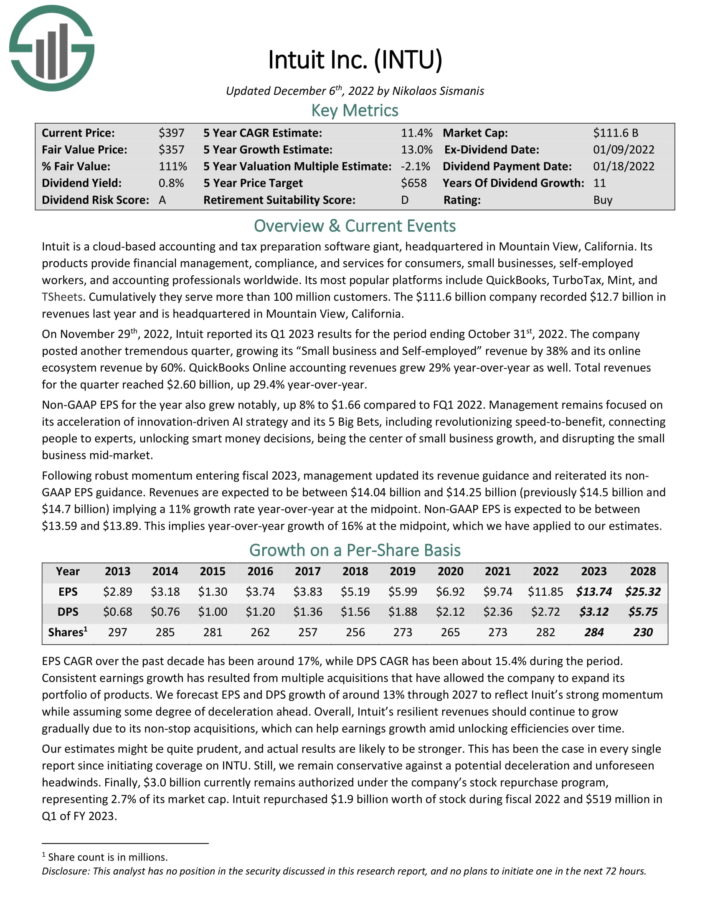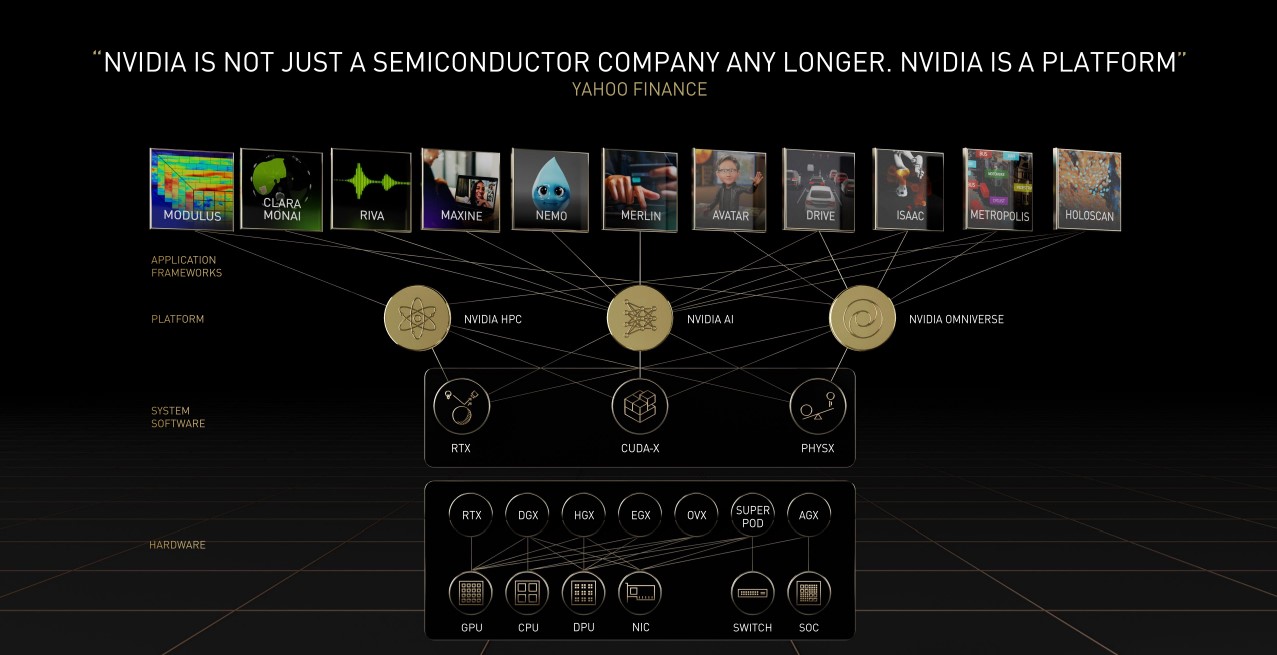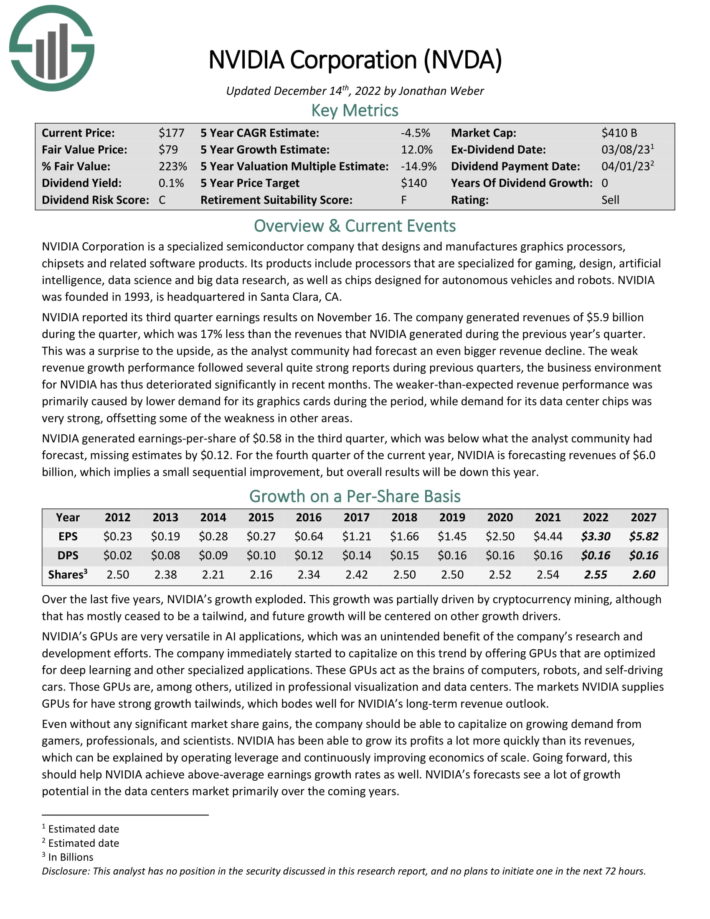[ad_1]
Updated on February 15th, 2023 by Bob CiuraSpreadsheet data updated daily
In the world of investing, volatility matters. Investors are reminded of this every time there is a downturn in the broader market and individual stocks that are more volatile than others experience enormous swings in price in both directions. That volatility can increase the risk in an individual’s stock portfolio relative to the broader market.
The volatility of a security or portfolio against a benchmark – is called Beta. In short, Beta is measured via a formula that calculates the price risk of a security or portfolio against a benchmark, which is typically the broader market as measured by the S&P 500 Index.
When stock markets are rising, high-beta stocks could outperform. With that in mind, we created a list of S&P 500 stocks with the highest beta values.
You can download your free High Beta stocks list (along with relevant financial metrics such as dividend yields and price-to-earnings ratios) by clicking on the link below:

It is helpful in understanding the overall price risk level for investors during market downturns in particular.
High Beta stocks are not a sure bet during bull markets to outperform, so investors should be judicious when adding high Beta stocks to a portfolio, as the weight of the evidence suggests they are more likely to under-perform during periods of market weakness.
However, for those investors interested in adding a bit more risk to their portfolio, we’ve put together a list to help investors find the best high beta stocks.
This article will provide an overview of Beta. In addition, we will discuss how to calculate Beta, incorporating Beta into the Capital Asset Pricing Model, and provide analysis on the top 5 highest-Beta dividend stocks in our coverage database.
The table of contents below provides for easy navigation:
Table of Contents
High Beta Stocks Versus Low Beta
Here’s how to read stock betas:
A beta of 1.0 means the stock moves equally with the S&P 500
A beta of 2.0 means the stock moves twice as much as the S&P 500
A beta of 0.0 means the stocks moves don’t correlate with the S&P 500
A beta of -1.0 means the stock moves precisely opposite the S&P 500
The higher the Beta value, the more volatility the stock or portfolio should exhibit against the benchmark. This can be beneficial for those investors that prefer to take a bit more risk in the market as stocks that are more volatile – that is, those with higher Beta values – should outperform the benchmark (in theory) during bull markets.
However, Beta works both ways and can certainly lead to larger draw-downs during periods of market weakness. Importantly, Beta simply measures the size of the moves a security makes.
Intuitively, it would make sense that high Beta stocks would outperform during bull markets. After all, these stocks should be achieving more than the benchmark’s returns given their high Beta values. While this can be true over short periods of time – particularly the strongest parts of the bull market – the high Beta names are generally the first to be sold heavily by investors.
One potential theory for this, is that investors are able to use leverage to bid up momentum names with high Beta values and thus, on average, these stocks have lower prospective returns at any given time. In addition, leveraged positions are among the first to be sold by investors during weak periods because of margin requirements or other financing concerns that come up during bear markets.
In other words, while high Beta names may outperform while the market is strong, as signs of weakness begin to show, high Beta names are the first to be sold and generally, much more strongly than the benchmark.
Indeed, evidence suggests that during good years for the market, high Beta names capture 138% of the market’s total returns. In other words, if the market returned 10% in a year, high Beta names would, on average, produce 13.8% returns. However, during down years, high Beta names capture 243% of the market’s returns.
In a similar example, if the market lost 10% during a year, the group of high Beta names would have returned -24.3%. Given this relatively small outperformance during good times and vast underperformance during weak periods, it is easy to see why we prefer low Beta stocks.
Related: The S&P 500 Stocks With Negative Beta.
While low Beta stocks aren’t a vaccine against downturns in the market, it is much easier to make the case over the long run for low Beta stocks versus high Beta given how each group performs during bull and bear markets.
How To Calculate Beta
The formula to calculate a security’s Beta is fairly straightforward. The result, expressed as a number, shows the security’s tendency to move with the benchmark.
In other words, a Beta value of 1.00 means that the security in question should move virtually in lockstep with the benchmark (as discussed briefly in the introduction of this article). A Beta of 2.00 means moves should be twice as large in magnitude while a negative Beta means that returns in the security and benchmark are negatively correlated; these securities tend to move in the opposite direction from the benchmark.
This sort of security would be helpful to mitigate broad market weakness in one’s portfolio as negatively correlated returns would suggest the security in question would rise while the market falls.
For those investors seeking high Beta, stocks with values in excess of 1.3 would be the ones to seek out. These securities would offer investors at least 1.3X the market’s returns for any given period.
Here’s a look at the formula to compute Beta:
The numerator is the covariance of the asset in question while the denominator is the variance of the market. These complicated-sounding variables aren’t actually that difficult to compute.
Here’s an example of the data you’ll need to calculate Beta:
Risk-free rate (typically Treasuries at least two years out)
Your asset’s rate of return over some period (typically one year to five years)
Your benchmark’s rate of return over the same period as the asset
To show how to use these variables to do the calculation of Beta, we’ll assume a risk-free rate of 2%, our stock’s rate of return of 14% and the benchmark’s rate of return of 8%.
You start by subtracting the risk-free rate of return from both the security in question and the benchmark. In this case, our asset’s rate of return net of the risk-free rate would be 12% (14% – 2%). The same calculation for the benchmark would yield 6% (8% – 2%).
These two numbers – 12% and 6%, respectively – are the numerator and denominator for the Beta formula. Twelve divided by six yields a value of 2.00, and that is the Beta for this hypothetical security. On average, we’d expect an asset with this Beta value to be 200% as volatile as the benchmark.
Thinking about it another way, this asset should be about twice as volatile as the benchmark while still having its expected returns correlated in the same direction. That is, returns would be correlated with the market’s overall direction, but would return double what the market did during the period. This would be an example of a very high Beta stock and would offer a significantly higher risk profile than an average or low Beta stock.
Beta & The Capital Asset Pricing Model
The Capital Asset Pricing Model, or CAPM, is a common investing formula that utilizes the Beta calculation to account for the time value of money as well as the risk-adjusted returns expected for a particular asset. Beta is an essential component of the CAPM because without it, riskier securities would appear more favorable to prospective investors. Their risk wouldn’t be accounted for in the calculation.
The CAPM formula is as follows:
The variables are defined as:
ERi = Expected return of investment
Rf = Risk-free rate
βi = Beta of the investment
ERm = Expected return of market
The risk-free rate is the same as in the Beta formula, while the Beta that you’ve already calculated is simply placed into the CAPM formula. The expected return of the market (or benchmark) is placed into the parentheses with the market risk premium, which is also from the Beta formula. This is the expected benchmark’s return minus the risk-free rate.
To continue our example, here is how the CAPM actually works:
ER = 2% + 2.00(8% – 2%)
In this case, our security has an expected return of 14% against an expected benchmark return of 8%. In theory, this security should vastly outperform the market to the upside but keep in mind that during downturns, the security would suffer significantly larger losses than the benchmark. Indeed, if we changed the expected return of the market to -8% instead of +8%, the same equation yields expected returns for our hypothetical security of -18%.
This security would theoretically achieve stronger returns to the upside but certainly much larger losses on the downside, highlighting the risk of high Beta names during anything but strong bull markets. While the CAPM certainly isn’t perfect, it is relatively easy to calculate and gives investors a means of comparison between two investment alternatives.
Analysis On The 5 Highest-Beta Dividend Stocks
Now, we’ll take a look at the 5 dividend stocks with the highest Beta scores (in ascending order from lowest to highest).
#5: Aptiv PLC (APTV)
Aptiv PLC designs, manufactures, and sells vehicle components globally. Products include electrical, electronic, and safety technology solutions. It operates in two segments, Signal and Power Solutions, and Advanced Safety and User Experience.
In the 2022 fourth quarter, Aptiv reported adjusted EPS of $1.27 which beat estimates by $0.09, while revenue of $4.64 billion beat by $200 million.
Aptiv has a Beta value of 1.65.
#4: ServiceNow (NOW)
ServiceNow is a high-quality technology company, which transforms old, manual ways of working into modern digital workflows. It reduces the complexity of jobs and makes work more pleasant to employees, thus resulting in increased productivity.
ServiceNow currently has more than 7,400 enterprise customers, which include about 80% of the Fortune 500. All these customers use the Now Platform, which is an intelligent cloud platform that carries out their digital transformation.
Source: Investor Presentation
ServiceNow is a leader in the digital transformation of companies towards making work better for their employees. According to a research of IDC, more than $3 trillion has been invested in digital transformation initiatives but only 26% of the investments have delivered acceptable returns.
Related: Will ServiceNow Ever Pay A Dividend?
NOW has a Beta value of 1.66.
#3: Intuit Inc. (INTU)
Intuit is a cloud-based accounting and tax preparation software giant. Its products provide financial management, compliance, and services for consumers, small businesses, self-employed workers, and accounting professionals worldwide. Its most popular platforms include QuickBooks, TurboTax, Mint, and TSheets. Cumulatively they serve more than 100 million customers. The company recorded $12.7 billion in revenues last year and is headquartered in Mountain View, California.
On November 29th, 2022, Intuit reported its Q1 2023 results for the period ending October 31st, 2022. The company posted another tremendous quarter, growing its “Small business and Self-employed” revenue by 38% and its online ecosystem revenue by 60%. QuickBooks Online accounting revenues grew 29% year-over-year as well. Total revenues for the quarter reached $2.60 billion, up 29.4% year-over-year.
Non-GAAP EPS for the year also grew notably, up 8% to $1.66 compared to FQ1 2022. Management remains focused on its acceleration of innovation-driven AI strategy and its 5 Big Bets, including revolutionizing speed-to-benefit, connecting people to experts, unlocking smart money decisions, being the center of small business growth, and disrupting the small business mid-market.
INTU has a Beta value of 1.67
Click here to download our most recent Sure Analysis report on INTU (preview of page 1 of 3 shown below):
#2: Advanced Micro Devices (AMD)
Advanced Micro Devices is a semiconductor manufacturer. It has two operating segments: Computing & Graphics, and Enterprise, Embedded & Semi-Custom. Products are used in data center, client, gaming, and embedded markets. The stock has a market capitalization above $100 billion.
On January 31st, AMD reported quarterly financial results. Adjusted EPS of $0.69 beat by $0.02, while revenue of $5.6 billion beats by $80 million.
AMD has a Beta value of 2.03.
#1: NVIDIA Corporation (NVDA)
NVIDIA Corporation is a specialized semiconductor company that designs and manufactures graphics processors, chipsets and related software products.
Its products include processors that are specialized for gaming, design, artificial intelligence, data science and big data research, as well as chips designed for autonomous vehicles and robots.
Source: Investor Presentation
Over the last five years, NVIDIA’s growth exploded. This growth was partially driven by cryptocurrency mining, although that has mostly ceased to be a tailwind, and future growth will be centered on other growth drivers. NVIDIA’s GPUs are very versatile in AI applications, which was an unintended benefit of the company’s research and development efforts.
The company has immediately started to capitalize on this trend by offering GPUs that are optimized for deep learning and other specialized applications. These GPUs act as the brains of computers, robots, and self-driving cars. Those GPUs are, among others, utilized in professional visualization and data centers. The markets NVIDIA supplies GPUs for have strong growth tailwinds, which bodes well for NVIDIA’s long-term revenue outlook.
NVDA has a Beta value of 2.19.
Click here to download our most recent Sure Analysis report on NVIDIA (preview of page 1 of 3 shown below):
Final Thoughts
Investors must take risk into account when selecting prospective investments. After all, if two securities are otherwise similar in terms of expected returns but one offers a much lower Beta, the investor would do well to select the low Beta security as it would offer better risk-adjusted returns.
Using Beta can help investors determine which securities will produce more volatility than the broader market, such as the ones listed here. The five stocks we’ve looked at offer investors high Beta scores along with very strong prospective returns. For investors who want to take some additional risk in their portfolio, these names and others like them in our list of the 100 best high Beta stocks can help determine what to look for when selecting a high Beta stock to buy.
At Sure Dividend, we often advocate for investing in companies with a high probability of increasing their dividends each and every year.
If that strategy appeals to you, it may be useful to browse through the following databases of dividend growth stocks:
Thanks for reading this article. Please send any feedback, corrections, or questions to support@suredividend.com.
[ad_2]
















